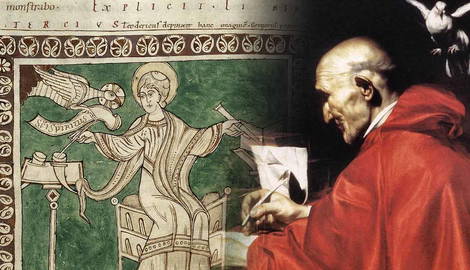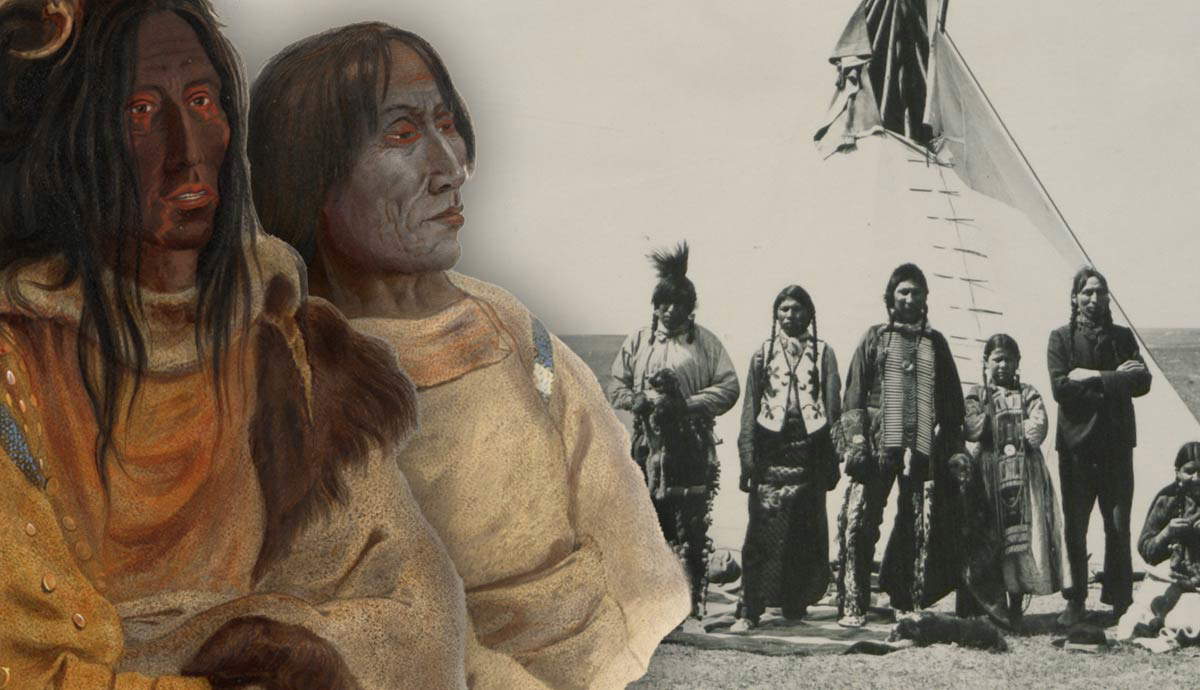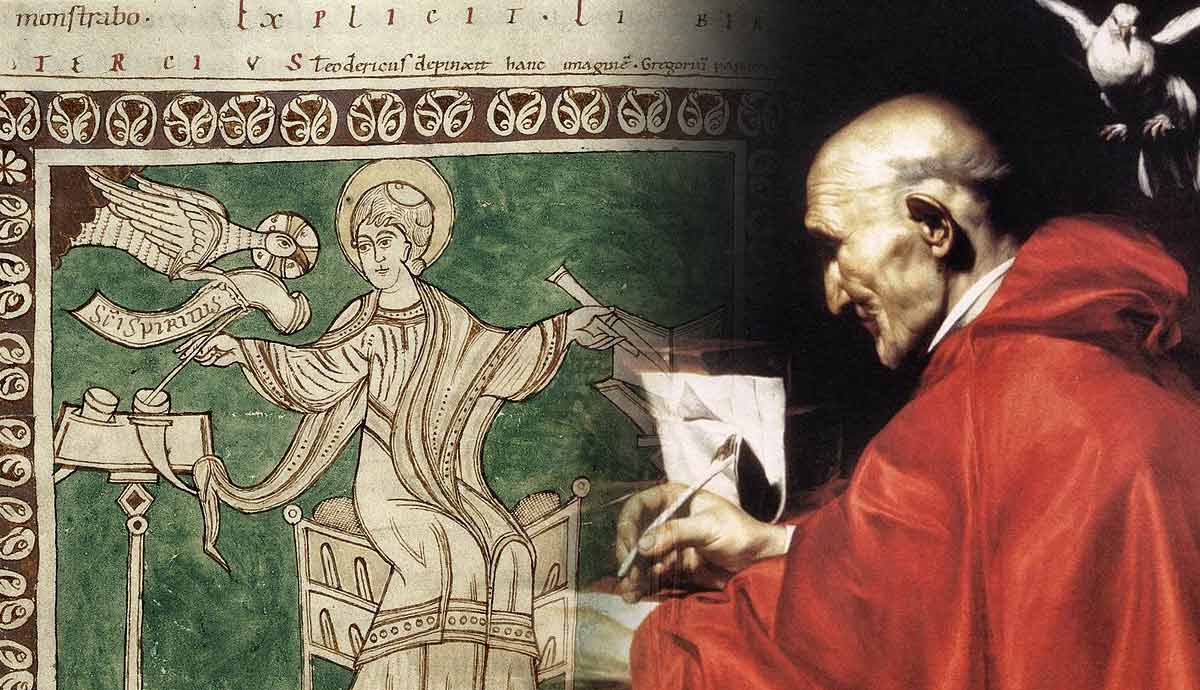
Gregory the Great served the Church at a time when it faced many challenges, especially in Rome. His impeccable education and his devotion to faith as a child born to a well-to-do family showed in his later life. He excelled in secular and religious life, becoming the prefect of Rome before he later rose to the office of the pope of Rome. His works testify to his intelligence and wisdom and his contribution to monastic life and worship resounds to this day in the echoes of Gregorian chants practiced and listened to worldwide.
Gregory the Great: Context and Early Life
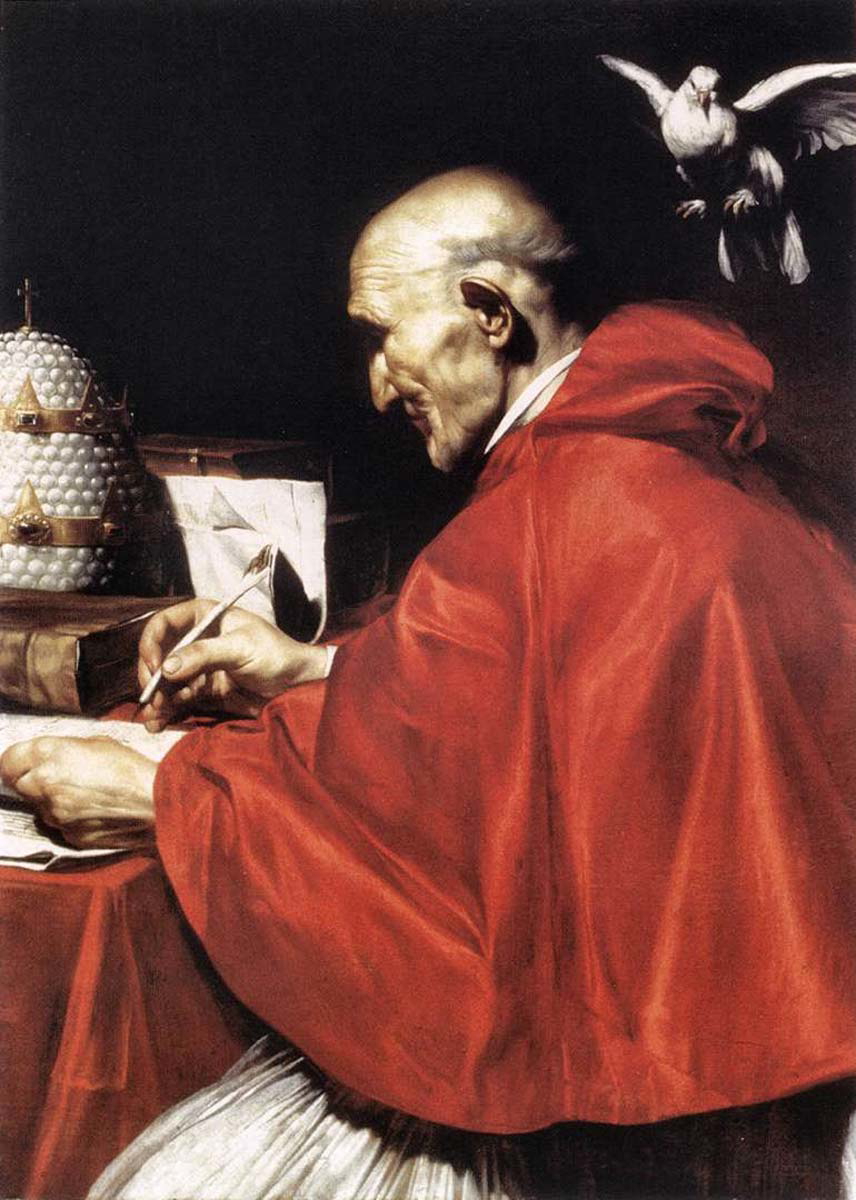
Gregory was born to a rich, noble family in Rome around 540 CE. His family had been Christians for generations and the way they used their wealth and assets showed that Gregory’s family were devout believers. His father, Gordianus, served in the Roman government as a senator, and in the church as a deacon. The populace appointed Gregory as prefect of Rome for a time as well. His mother was a devout Christian to the extent that the Church later canonized her as a saint in the Roman Catholic Church.
Gregory had the privilege of an impeccable education. That said, he also experienced the challenges associated with the Plague of Justinian when he was a child. Estimates are that as many as one-third of the population of Italy succumbed to it. His family also had to flee Rome when the Ostrogoths invaded.
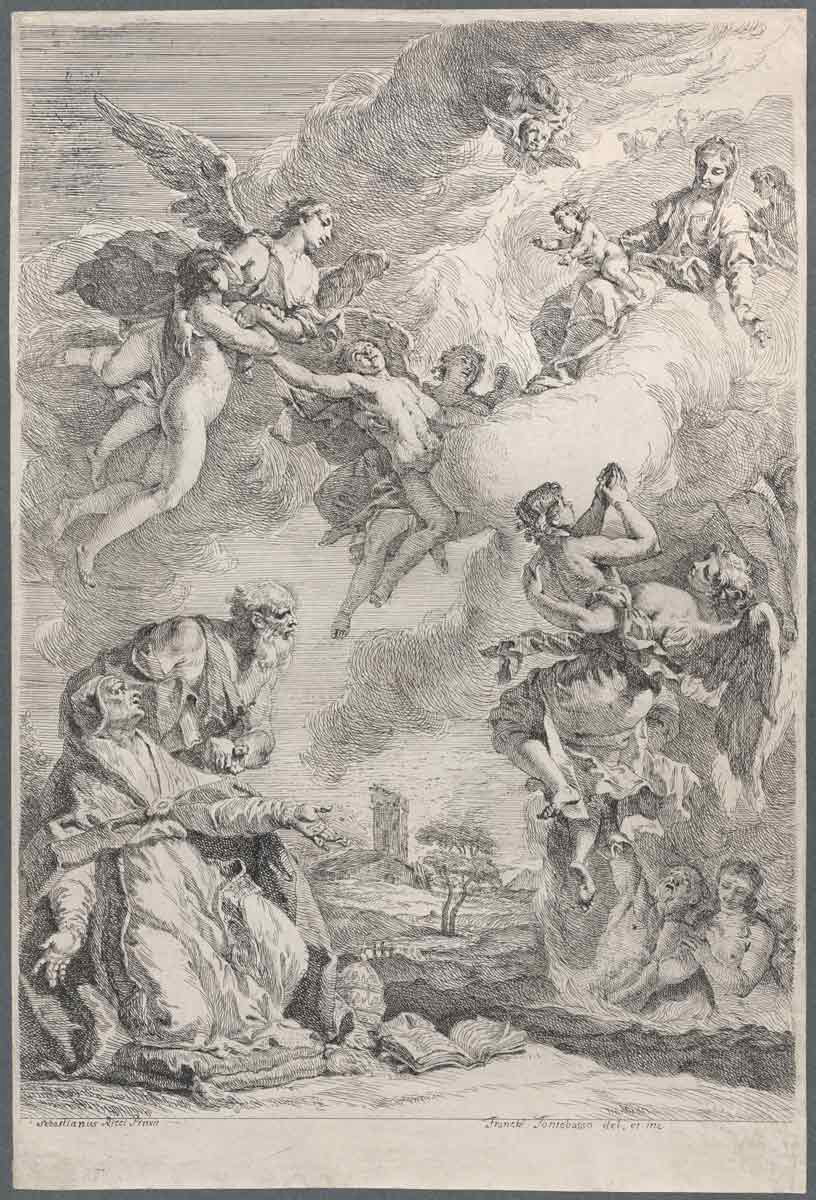
Nonetheless, his upbringing allowed him to rise through the ranks of society from an early age. Like his father, Gregory entered the civil service and served in the administration of Rome. He served Rome as prefect from 573 CE when he was 30 years of age. However, reaching the highest office in civil society in Rome did not satisfy the desires of Gregory’s heart. Shortly after achieving the highest status in the eternal city, Gregory decided to devote his life to spiritual things.
He divided his considerable assets among the poor and entered monastic life, even establishing five monasteries in Sicily and converting the family home in Rome into a monastery where he resided and studied the Bible. He lived there as a monk for several years.
Pope Pelagius II ordained Gregory as a deacon, which meant he had to distribute Church funds to the poor, among other responsibilities. His experience as a city administrator allowed him to perform his functions with excellence because he understood the machinations of the state well. Later, Pope Pelagius called on him to become involved in the schism in Northern Italy, drawing on his dual expertise on matters of church and state.
Recognizing the talents, education, and experience of Gregory and his new devotion to religion, Pope Pelagius II then sent Gregory to Constantinople to serve as apocrisiarius (ambassador to the imperial court). His mastery of diplomacy showed as he addressed many heresies and challenges the Church faced in the Eastern Roman Empire. He even faced off with Patriarch Eutychius of Constantinople before Emperor Tiberius II in a bold defense of faith. During this time, the Church ordained him as a priest.
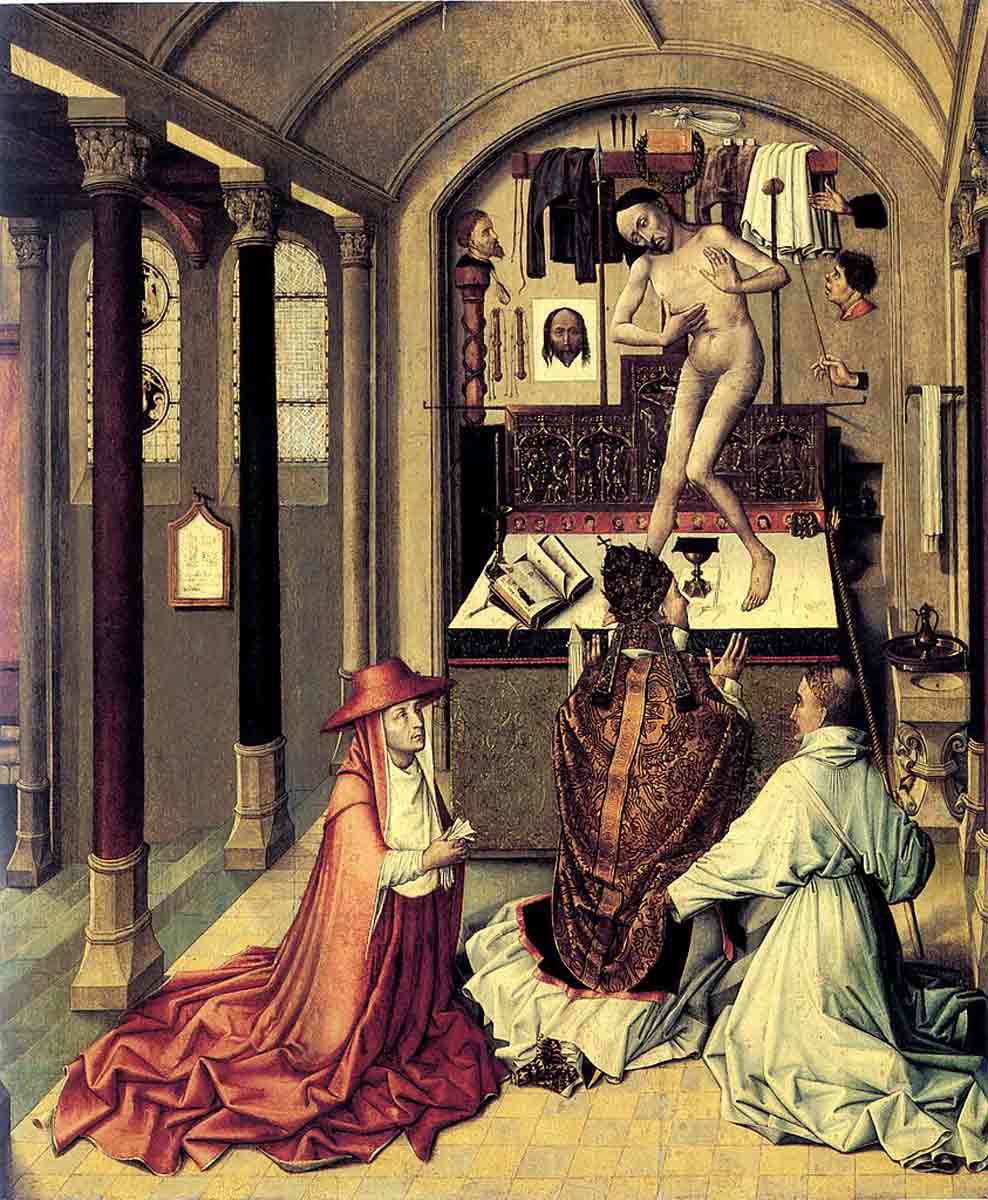
The works he wrote while in Constantinople served as a reference on Roman Catholic doctrine to clergy for generations afterward and the Church recognized him as one of the greatest doctors of that tradition. The Eastern Church referred to him as Gregory the Dialogist due to his Dialogues, authored while serving there.
In 590 CE, an epidemic struck Rome, likely the bubonic plague. Pope Pelagius II passed away as a result, and the clergy looked to Gregory for leadership due to his reputation and popularity among the people of Rome. Initially, he was reluctant to take on that position, but he acquiesced and ascended the Papal throne as Gregory I.
His childhood and early adult experiences seem to have prepared him for the challenges he would face as a pope. He not only saw the devastation of a pandemic and the effects of foreign occupation but he also learned the skills of administration which would equip him to lead and guide the Church when it faced similar challenges.
Gregory as Pope
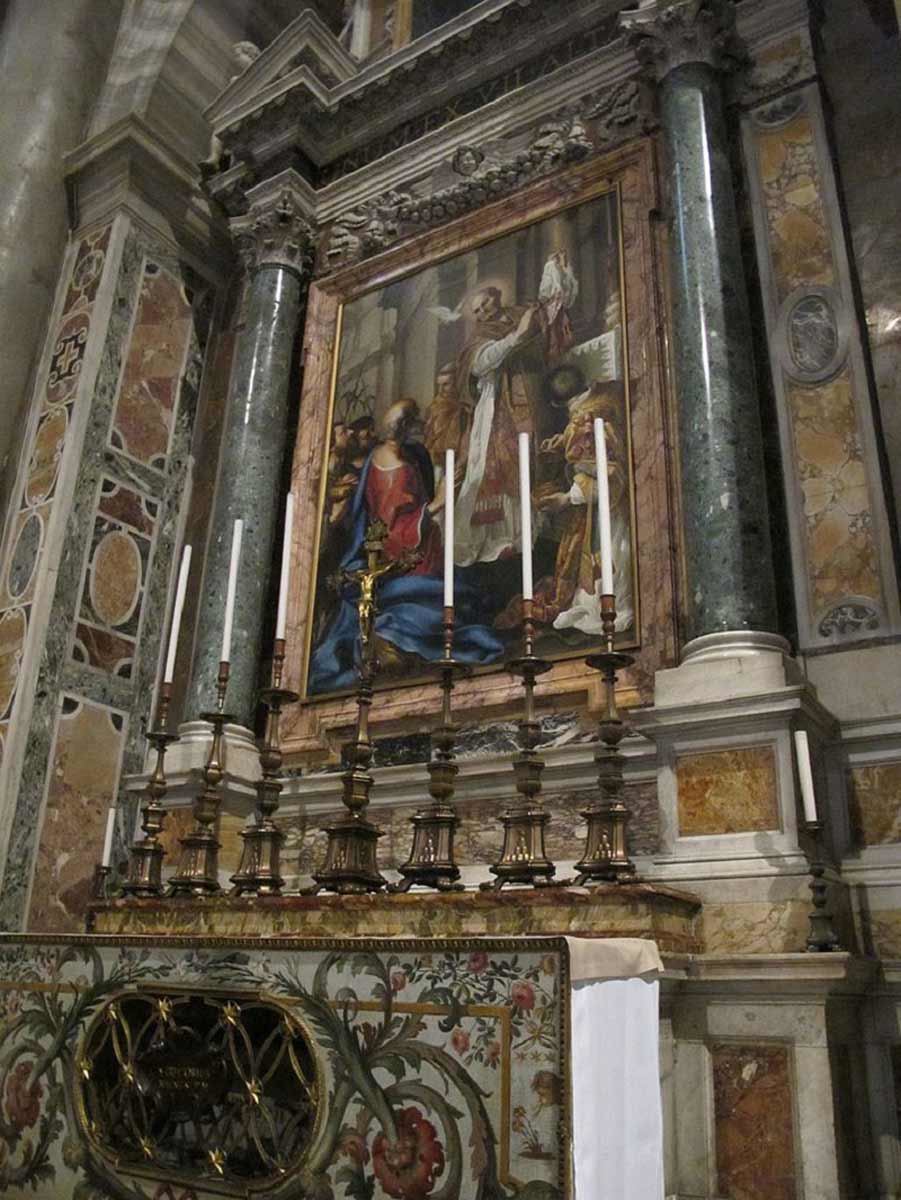
At the time, Rome faced many challenges. Civil leadership in Rome was in tatters. The Western Roman Empire had fallen not long before, and the plague had decimated the population. Politically, Byzantine control was weak and offered little protection to the city. The city also faced challenges from the Goths and the Lombards who looked to conquer it in its weakness. The city and its authority were basically in ruins in a literal, social, political, and financial sense.
The only real source of stability was the Church, which Gregory now headed. Even there, he saw a need to establish greater uniformity in the liturgy and greater cohesion. The Church in the West was in a fragmented state, and many dioceses had little or no contact with Rome.
Gregory established new frameworks for worship and the liturgy, from which the Gregorian chant is popular among many to this day. He drew people to a deeper understanding and appreciation of their faith in a time of dire need.
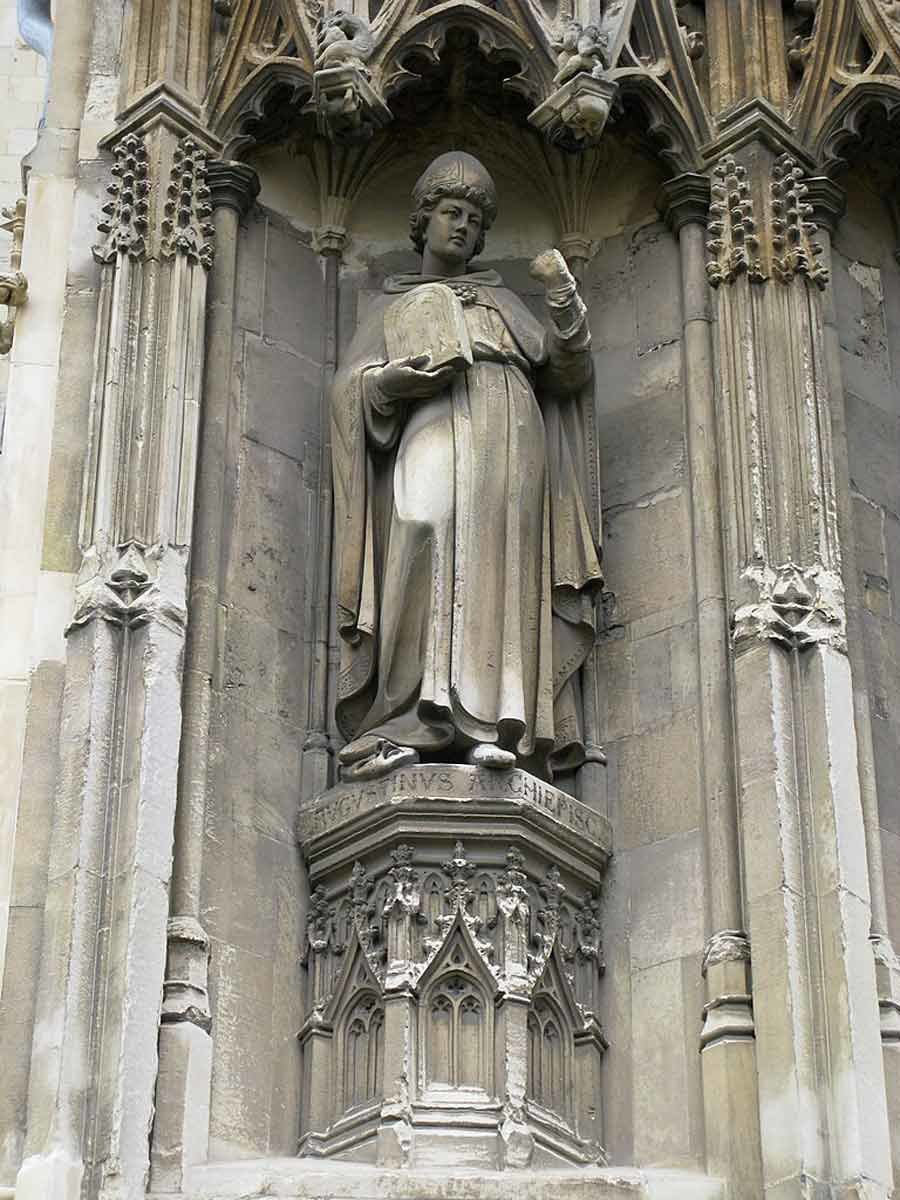
People could find assistance, solace, and care in the Church like never before. Gregory went to great lengths to provide for the physical and spiritual needs of the people of Rome. He mobilized the resources of the Church and encouraged the clergy and laity to seek out the needy and meet their needs. These acts drew many to the church and its message and people looked to the Church for leadership in government rather than the distant and uninvolved state structures of Constantinople.
Pope Gregory reorganized the structure of the Church and expanded its influence in society throughout the former Western Roman Empire. During his reign, the Church focused on charity and dedicated much of its resources to assisting the needy. To him, evangelism was a priority and under his leadership, Augustine of Canterbury evangelized Anglo-Saxon England as part of the Gregorian Mission. His passion for the people of Britain earned him the fond reference Gregorius noster (“our Gregory”) among them.
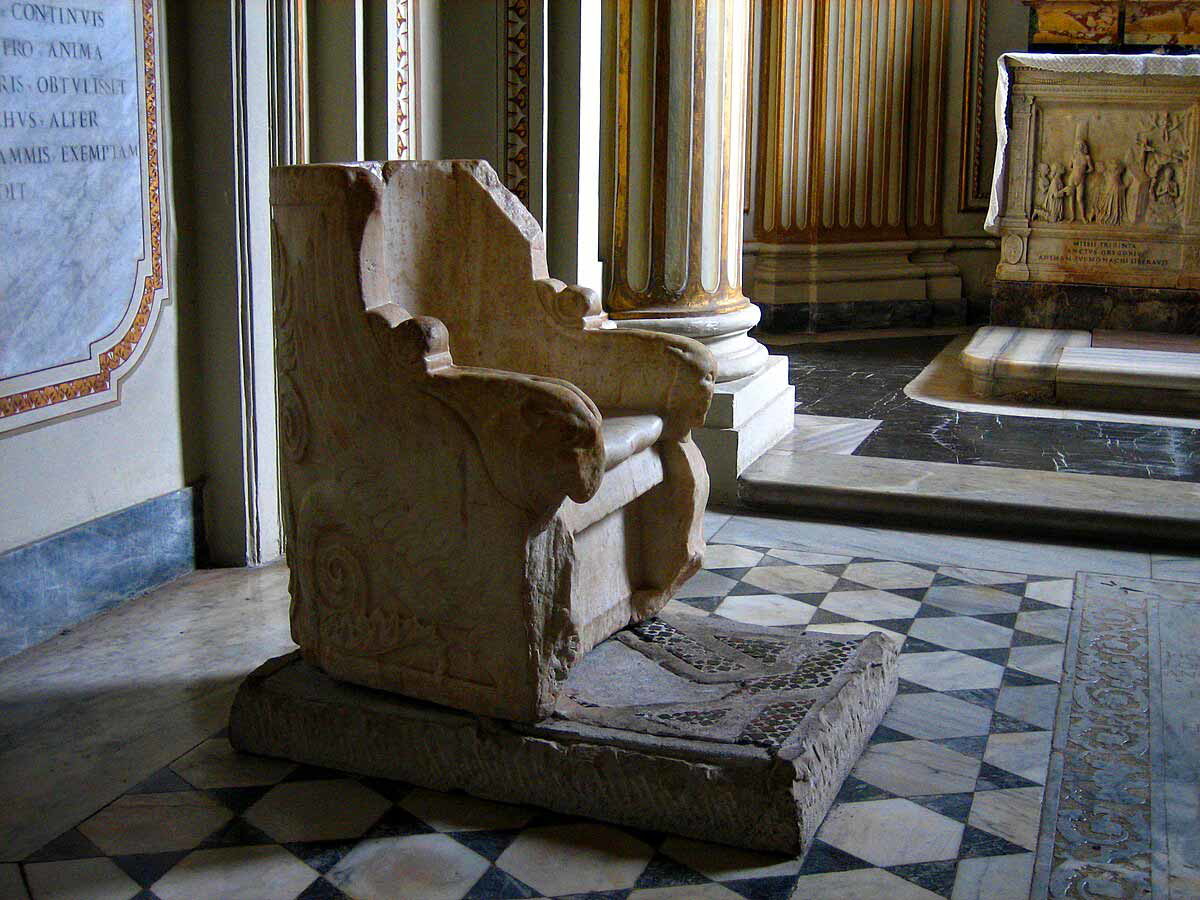
Unlike many popes after him, Gregory was a spiritual man who never lost his dedication and devotion to the spiritual needs of his flock. Reports of many miracles occurring due to his intervention saw him named Gregory the Great during his lifetime. He, however, was a humble man who lived frugally and set an example for the clergy who ministered under him. He personally stayed connected with bishops, abbots, and lay leaders throughout the areas under his care. He would encourage and mentor these men in personal correspondence that illustrated his deep care for them and the Church at large, and his pastoral heart.
Gregory also made a significant contribution to the Catholic theology of Purgatory. It became a central teaching in Roman Catholicism that Protestants later vehemently opposed during the Reformation.
The immense impact Gregory had on every sphere of life in Rome is even more impressive when considering he was pope for a mere 14 years. Gregory the Great passed away on March 12, 604 CE. His remains were laid to rest in St Peter’s Cathedral in Rome where it is located to this day.
Pope Gregory the Great: Legacy and Veneration
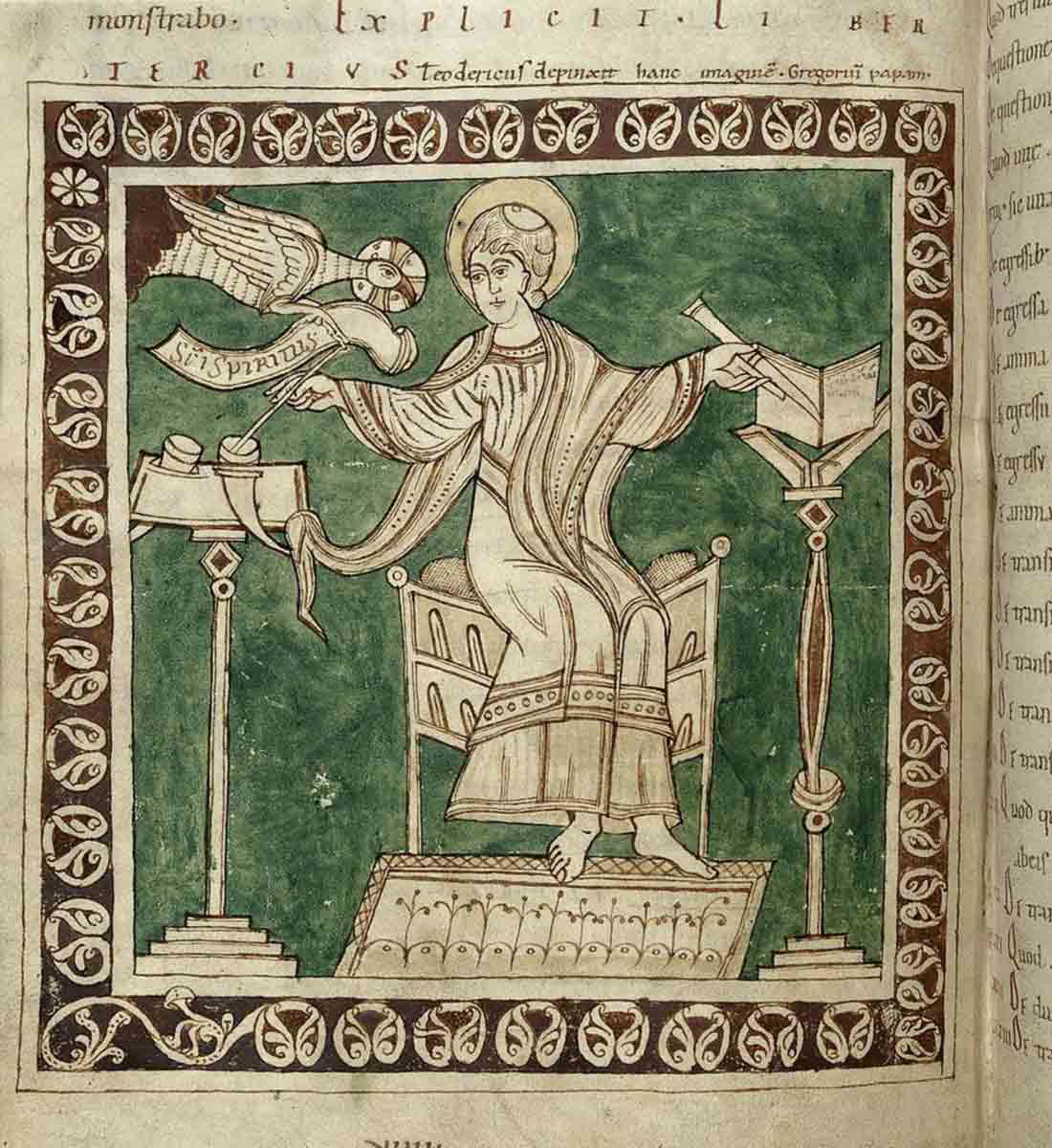
The legacy of Gregory the Great is evident to this day. Gregory the Great’s contribution to Roman Catholic theology is undeniable. Among his written works are the Moralia in Job, Pastoral Care (Liber regulae pastoralis), Dialogues, a commentary on 1 Kings (In Librum primum regum expositio), several sermons, and a plethora of letters filled with wisdom, guidance, and refutation of false doctrine.
His reforms to the liturgy of the church established practices in use to this day. The Gregorian chant carries his name due to his influence. The influence he had on the sacraments also carries his name: Sacrementaria Gregoriana.
Considering his indelible mark on the Church, it is not surprising that he features prominently in their ranks in various forms of art. These works tend to focus on Gregory the Great as pope, depicting him in papal vestments.
Relics of Gregory the Great are enshrined in the St. Peter’s Basilica in Rome, and the San Gregorio Magno al Celio in Rome features a marble chair which was reportedly the chair he used while serving as pope.
His influence that led to the conversion of many in Britain was documented by monks from the island as early as 713 CE. Throughout the Roman Catholic Church, Gregory the Great is remembered and celebrated on September 3, as determined by the General Roman Calendar.
